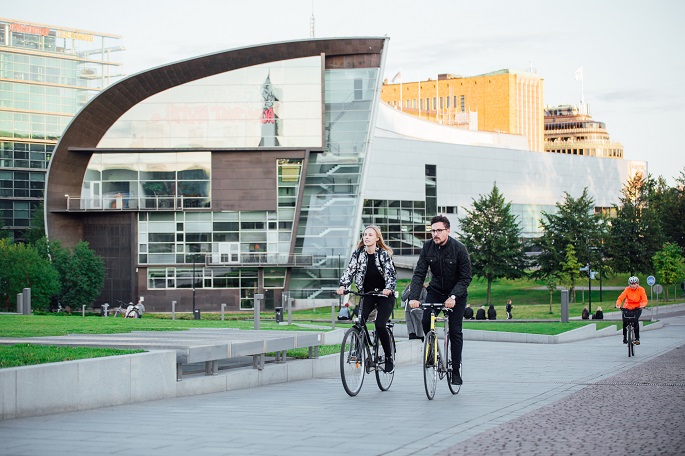Finland’s rank in gender equality slips
Published : 12 Oct 2017, 01:33
Updated : 12 Oct 2017, 11:26
Finland has slid to the third place in the latest Gender Equality Index (GEI) among the 28 member states of the European Union from the best position it had held for the previous two consecutive terms.
The European Institute for Gender Equality (EIGE) released its third GEI in Brussels on Wednesday, said a government press release.
Sweden holds the top place in the new index, while another Nordic country, Denmark, secured the second position ahead of Finland.
Finland’s scores dropped in two domains compared with earlier years – in the domains of power and time use.
Finland’s scores in the other domains increased slightly or remained at the same level as before.
The index compares the development of gender equality in EU countries during the last decade. It measures the state of gender equality in six domains: work, money, knowledge, time, power, and health.
Finland has always been among the best countries in the index. This time, however, Finland’s scores in the domains of political and economic power decreased from that in the earlier years. This is due to the fact that the female representation in parliament and government and in leading positions in the Bank of Finland has decreased since the beginning of the 2010s.
In many other EU countries, gender equality has improved in the domain of power. This is a consequence of, for example, quotas and other active measures carried out to improve gender equality in political and economic decision-making.
Gender inequality in time-use has increased in 12 countries including Finland. Women still use clearly more time than men for housework and unpaid caring of children or other family members.
This gap between the genders has not narrowed but slightly increased, which reflects how difficult it is to reconcile work and family, especially for women. In addition, in almost all the EU member states men are more likely than women to participate in leisure activities outside home.
This time the index also presents the satellite domains of violence and intersecting inequalities more strongly than before. The latter describes how factors like age, country of birth, educational level or disabilities are connected with gender equality. Indicators show that men and women born outside the EU and lone mothers are at a particularly high risk of poverty.
For the first time, the GEI now includes even the exercise of social power, for example, gender equality in decision-making in media and sports federations.
The EU is still a long way from reaching gender equality. In 2015, the GEI in the EU was 66.2, where 100 means full equality. The development has been rather slow since 2005, when the score was 62.0.


